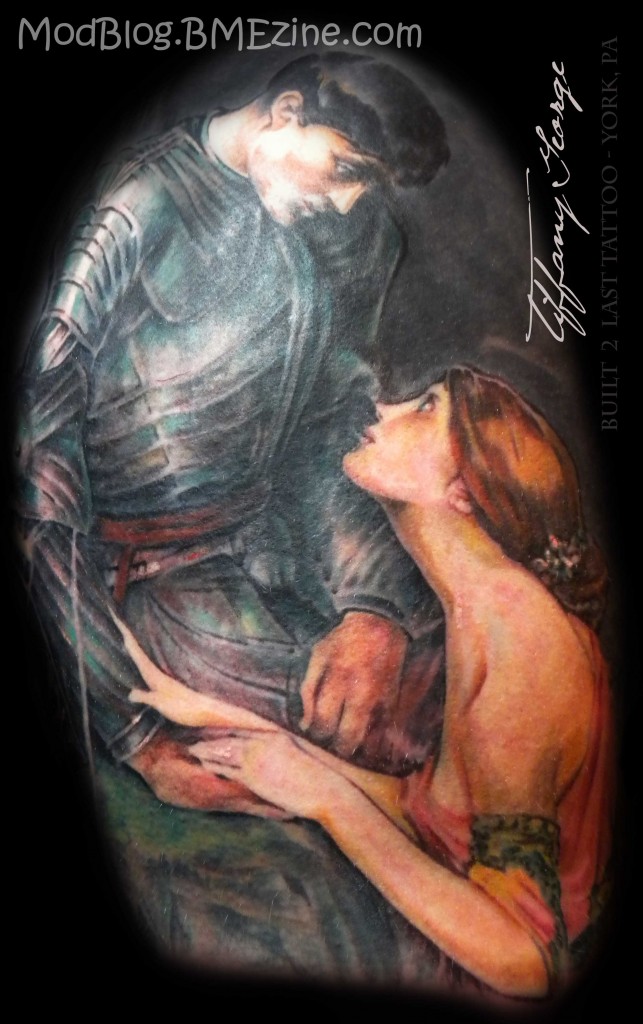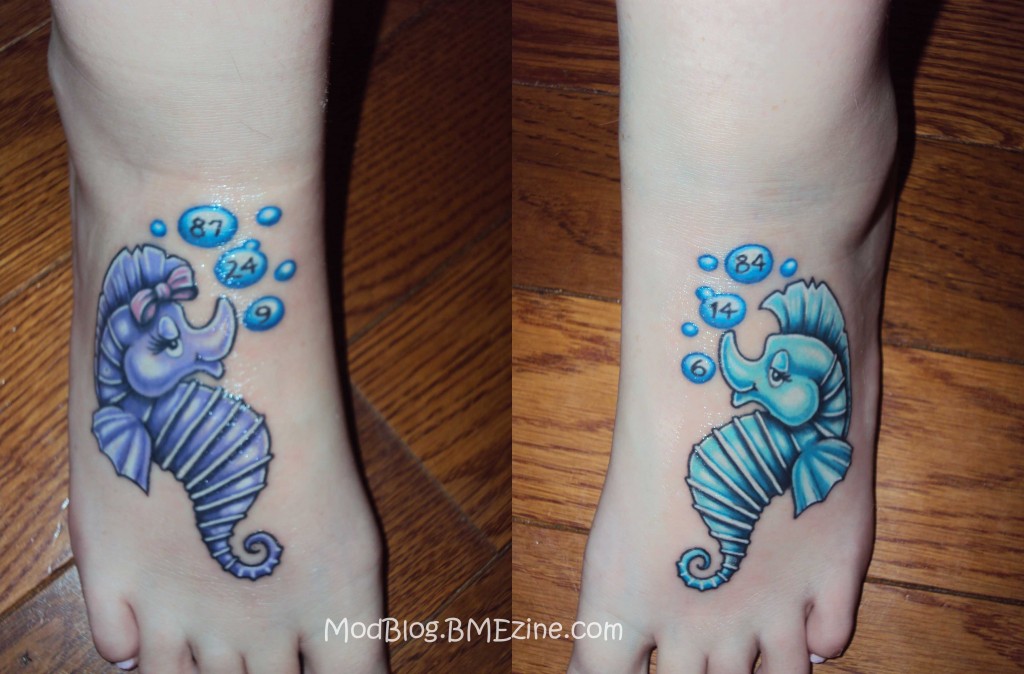Left to herself, the serpent now began
To change; her elfin blood in madness ran,
Her mouth foam’d, and the grass, therewith besprent,
Wither’d at dew so sweet and virulent;
Her eyes in torture fix’d, and anguish drear,
Hot, glaz’d, and wide, with lid-lashes all sear,
Flash’d phosphor and sharp sparks, without one cooling tear.
The colours all inflam’d throughout her train,
She writh’d about, convuls’d with scarlet pain:
A deep volcanian yellow took the place
Of all her milder-mooned body’s grace;
And, as the lava ravishes the mead,
Spoilt all her silver mail, and golden brede;
Made gloom of all her frecklings, streaks and bars,
Eclips’d her crescents, and lick’d up her stars:
So that, in moments few, she was undrest
Of all her sapphires, greens, and amethyst,
And rubious-argent: of all these bereft,
Nothing but pain and ugliness were left.
Still shone her crown; that vanish’d, also she
Melted and disappear’d as suddenly;
And in the air, her new voice luting soft,
Cried, “Lycius! gentle Lycius!”—-Borne aloft
With the bright mists about the mountains hoar
These words dissolv’d: Crete’s forests heard no more.–John Keats – Lamia
I really love it when a picture is submitted that has such a rich back story behind it. Tiffany George recently uploaded this image of a piece she had done. The tattoo is a recreation of John William Waterhouse’s Lamia (on her knees).

Now, the story of the Lamia stems from Greek mythology, but it has its roots buried deep in many other myths. The basics of the story is that Lamia was a beautiful woman, who had an affair with Zeus (I mean, who in Greek mythology hasn’t slept with Zeus?). Well, from their little tryst, Lamia gave birth to children. Hera, Zeus’ wife, wasn’t too pleased so she went and killed all of the children. Lamia, so torn up with grief began roaming around eating children.
From this point the myth diverges into many different stories, all depending on the time period that the story was told. The tale itself began to travel and was adopted by many other cultures as a way to warn children about being bad. Some of you may be familiar with the Baba Yaga story, or any other that involve a woman who lures children away to eat them.
You’ll note the poem that I quoted at the top of this post. Keats, one of the last romantic poets, told the story of the Lamia and Lycius. In it the Lamia is a serpent who helps the god Hermes find an invisible nymph. In return he restores her to human form, where she promptly falls in love with Lycius. The two are set to be married, but right before the ceremony Lycius’ mentor reveals the Lamia for her true self, and Lycius dies of grief. It is from this particular poem that the painter John William Waterhouse created a series of paintings depicting the Lamia, including the one that Tiffany tattooed. One key thing to note in the image is the band of green around her arm. In all of the paintings Waterhouse depicted the Lamia as a woman, yet had her draped in snake skins, which is what the green band is comprised of.
So while we’ve established the myth of the Lamia, and the later romanticism about it, it’s interesting to also note the ties it has beyond a warning to children to behave.
Now while you may not be familiar with the Lamia myth, you may recall the story of Lilith. Now the Lilith story pre-dates Christian mythology by a few centuries, going back as far as 27th century BC Mesopotamia in the Epic of Gilgamesh where Gilgamesh encounters an early version of Lilith as a serpent in a tree and slays it. In western civilization we commonly think of Lilith as being Adam’s first wife who refused to be submissive and ran away. After her departure a number of different things happen to her, all depending on what version of the tale is being told. In some she is pursued by the angels to return to the garden, and as punishment 100 children will die every day. In others she runs away to marry the archangel Samael. Regardless of the biblical related stories, the undercurrent is that Lilith was evil for leaving Adam, and at some point became serpent-like and was responsible for the deaths of children. Of course in historical terms this meant the story was a reminder that women who seek power are evil in some form.
These myths eventually led to the modern interpretation of Lilith, where she is as seen as a mother goddess, or as a being of natural power. Wiccans revere her, while those who hold true to the original myths see her as a pagan goddess of witchcraft, and a demon who will cause women to sin. No matter what your personal interpretation is, it’s safe to say that at some point in your life you may have encountered some form of either the Lamia or Lilith myths. Just take a look at movies and television, Lilith was a character on the TV show Supernatural, the Lamia was an evil spirit in Sam Raimi’s “Drag me to Hell”, the White Witch from the Narnia books is a descendant of Lilith (granted the Narnia books are all Christian allegories so this shouldn’t be a surprise), and in del Toro’s “Pan’s Labyrinth”, the Pale Man both eats children and can remove his eyes (another staple of the Lamia myth).
And even if you can say you’ve never encountered any interpretation of the myths, now that you’ve seen the tattoo and read this post, you’re no longer able to claim innocence.






 Phish with his 200th capture.
Phish with his 200th capture.